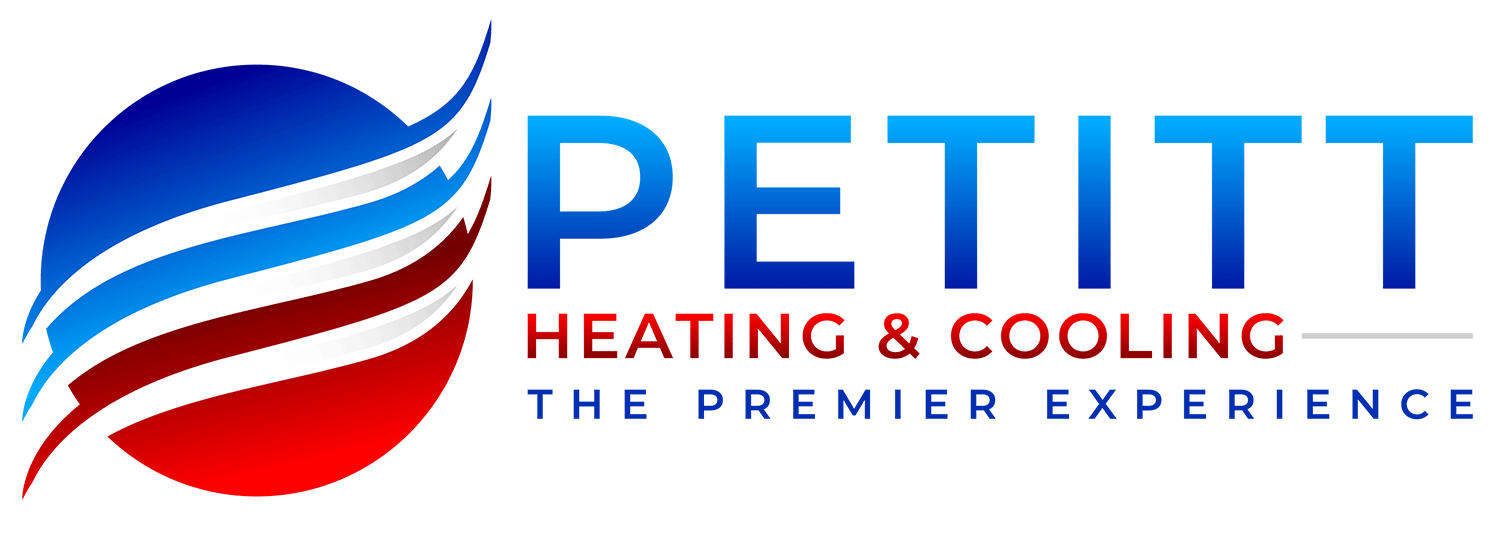Heating, Ventilation, and Air Conditioning (HVAC) is a technology that allows us to keep indoor temperatures comfortable all year long.
- The “H” stands for heating, which warms the air inside through natural or forced air circulation.
- The “V” is for ventilation, which helps move stale air out of the home and circulate oxygen-rich outdoor air in.
- The “AC” denotes air conditioning, which works to cool the air inside by removing the humidity, which in turn cools the air, and transfers the hot air outside.
So, in essence, yes – HVAC is both heating and cooling. Depending on where you live, having a reliable HVAC system is essential if you want to stay warm in the winter months and cool during summer days. Investing in a quality system gives homeowners peace of mind that no matter what time of year it is, they have a dependable way to regulate their indoor temperature levels.
Pettit Heating & Cooling is a fully licensed and insured HVAC company in the state of Tennessee with over 75 years of combined experience. We serve the North side of Nashville to the Kentucky border in Middle TN.
How Do HVAC Systems Work?
HVAC is a crucial part of home comfort and air quality control. Simply put, HVAC systems are made up of components that distribute heated and cooled air throughout the building. They can also regulate the humidity levels, which further increases the comfort level in living spaces.
To achieve these goals, HVAC systems work by utilizing the principles of thermodynamics and refrigeration. These systems use energy to either increase or decrease the temperature by moving heat between two separate environments. All in all, HVAC systems play an indispensable role in giving us comfortable homes and workplaces with good indoor air quality.
How Does Heating with HVAC Work?
Heat transfer is used in HVAC (heating, ventilation, and air conditioning) systems to keep a building warm. Essentially, heat energy is transferred from a hotter area to a cooler one, such as from a furnace in the basement of a house to the upper floors. Furnaces are one option for heating up the air within the HVAC system – in this case, the heat energy is produced via the combustion of natural gas, oil or electricity and then moved throughout the home.
Heat pumps provide another method for exchanging heat; these use electricity instead of fuel to transfer heat from outdoors into the home during cold weather. The heated or cooled air obtained in these processes is then distributed throughout the home by way of ducts connected to vents.
What’s the Difference Between Furnaces & Heat Pumps?
Furnaces and heat pumps are two very different types of heating systems that serve the purpose of keeping a building warm. A furnace is powered by either natural gas or fuel oil, and generates warm air to be distributed throughout a house via ducts. It works by burning the fuel, which heats up an exchange that warms up the air in the system.
A heat pump, on the other hand, does not burn fuel to generate warm air but instead uses electrical power to draw ambient heat from the outside and transfer it inside. Heat pumps can also act as air conditioners by reversing this process, making them multi-functional units for indoor climate control all year round. Regardless of which system one chooses to use for their home’s heating system, both provide efficient ways to keep occupants comfortable in any season.
The table below shows the main differences between them:
| Feature | Furnace | Heat Pump |
| Primary function | Generates heat | Moves heat |
| Energy source | Gas, oil, propane, or electricity | Electricity |
| Efficiency | Less efficient than a heat pump | More efficient than a furnace |
| Climate suitability | Works well in colder climates | Works well in moderate to warmer climates |
| Installation cost | Typically less expensive | Typically more expensive |
| Operating cost | Generally more expensive | Generally less expensive |
| Lifespan | Usually lasts 10-15 years | Usually lasts 10-15 years |
| Maintenance | Requires annual maintenance | Requires semi-annual maintenance |
How do HVAC Systems Distribute Warm & Cool Air throughout a Building?
HVAC systems use air ducts to control air movement in and out of spaces. These systems are designed to take care of the indoor climate by regulating the temperature in order to keep it comfortable for people inside. To achieve this, warm and cool air is distributed throughout the whole building, as needed. Fans move heated or cooled air through a system of ducts that interconnect all rooms in the building and circulate this air accordingly, depending on where more warm or cold is desired.
After distributing the air throughout the walls, ceiling, and floor via vents, these thermostat-controlled devices adjust the temperature according to the individual needs of each room or enclosed space, while ensuring proper ventilation with clean fresh air. In essence, HVAC systems make sure everyone indoors is kept cool or warm, depending on the weather conditions outside. Also, with the advent of new technologies in thermostat-controlled devices, an HVAC unit can be even more efficient as it “learns” your family’s habits and makes changes in the air temperature throughout your home, day and night.
Questions? Give Us a Call
If you have any questions as to what unit is best for your family, call Pettit Heating & Cooling. We are the premier provider of HVAC products and services that improves the lives of our customers all throughout Sumner County and its surrounding areas.
Dial 615-654-0814 or reach out online now.

Recent Comments